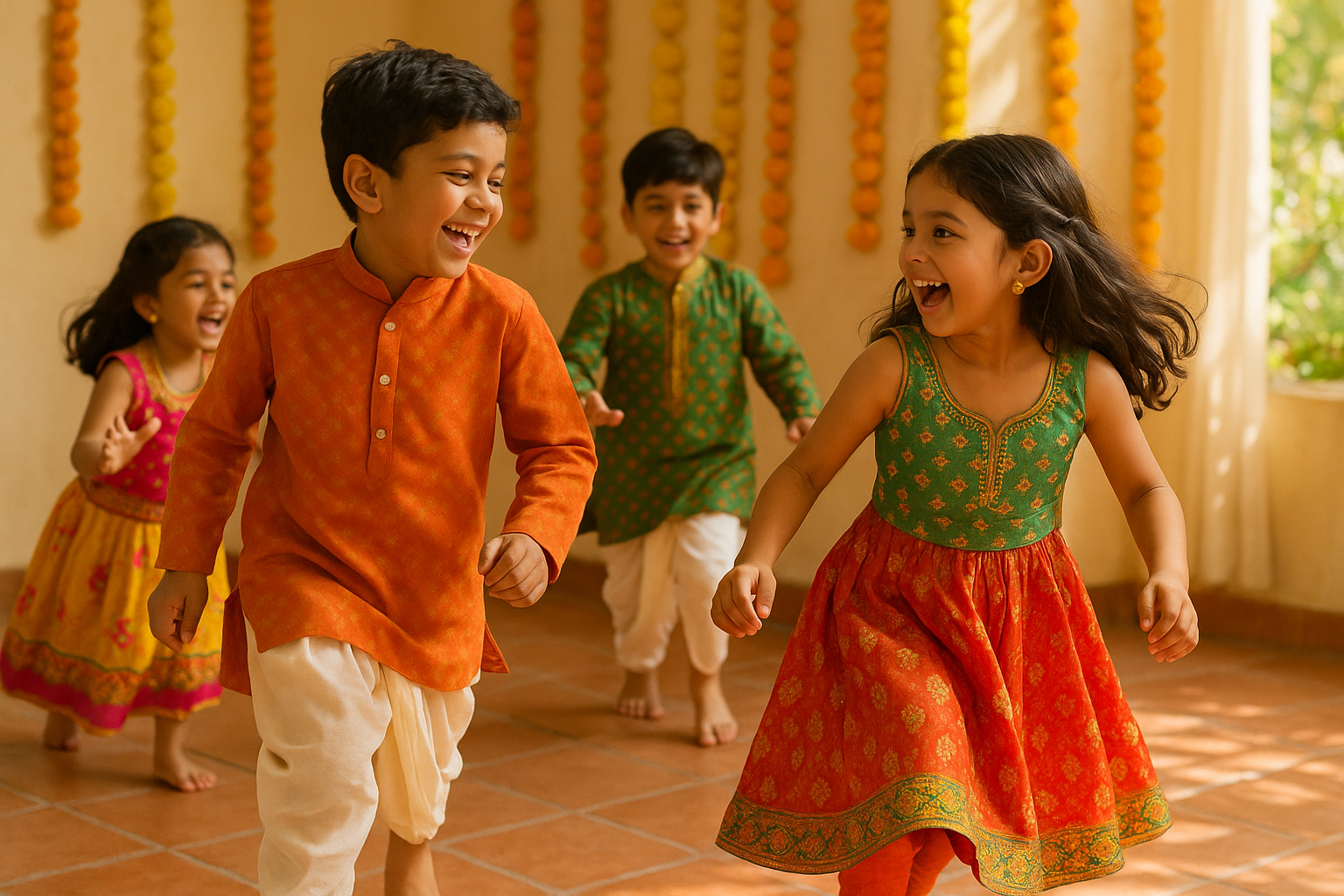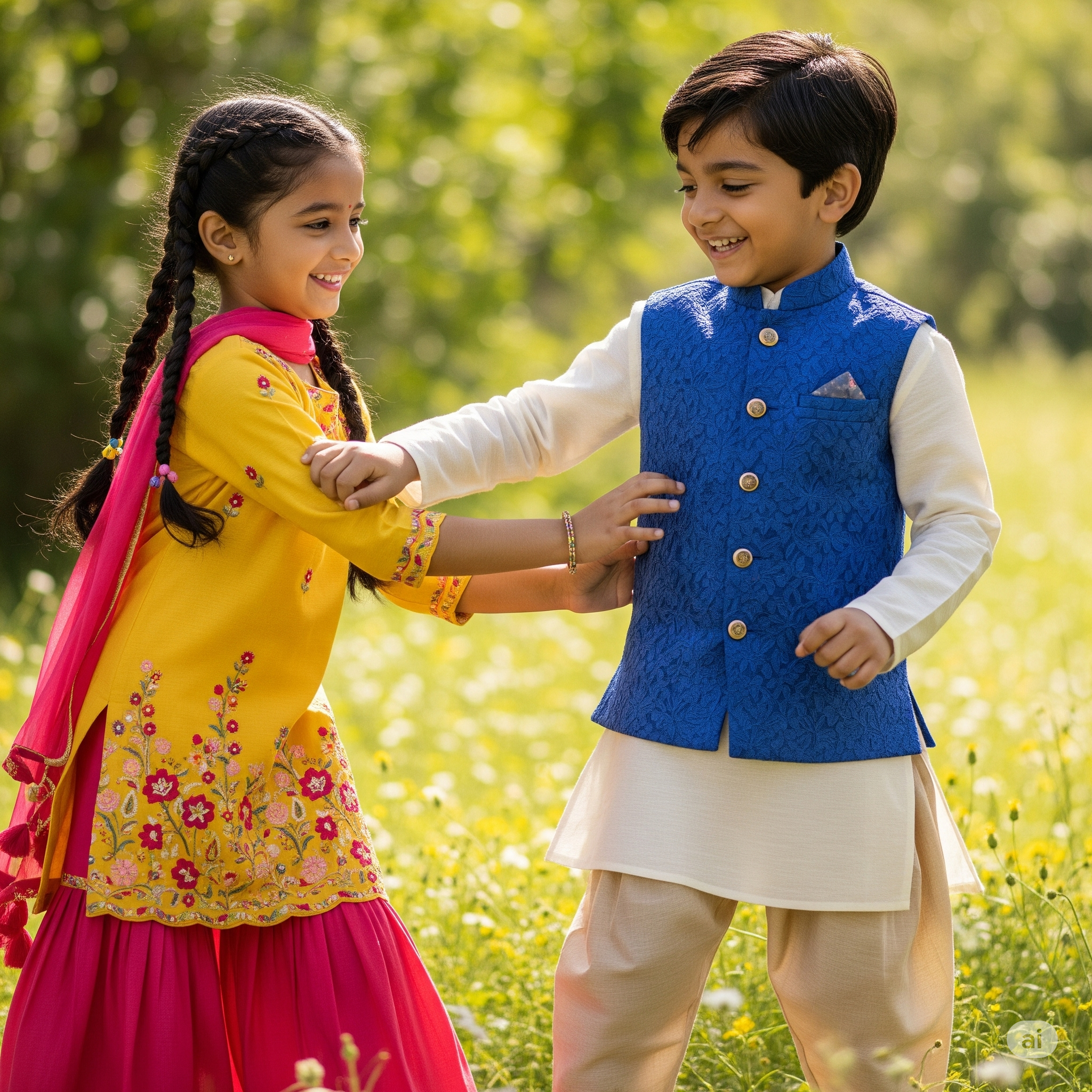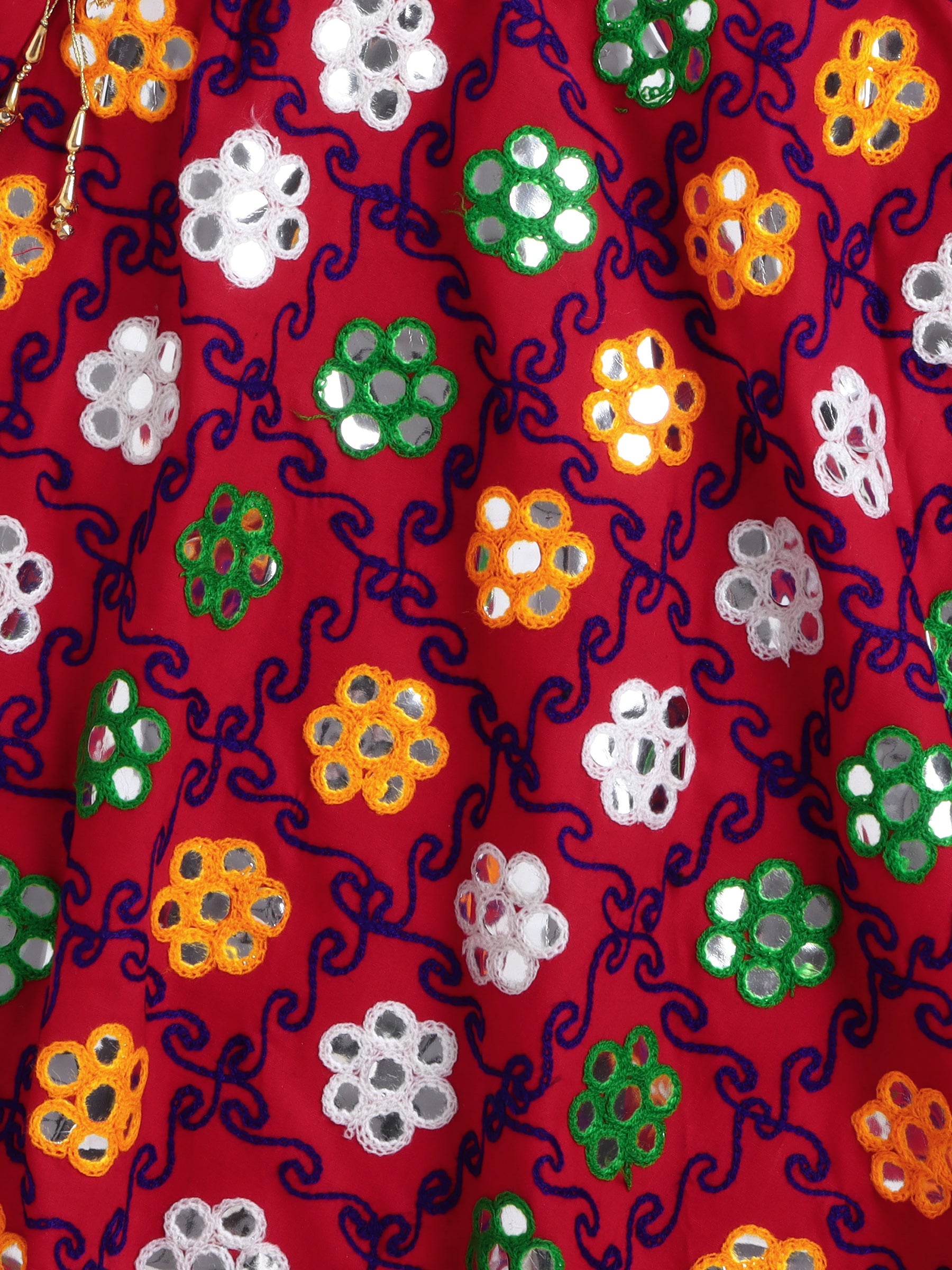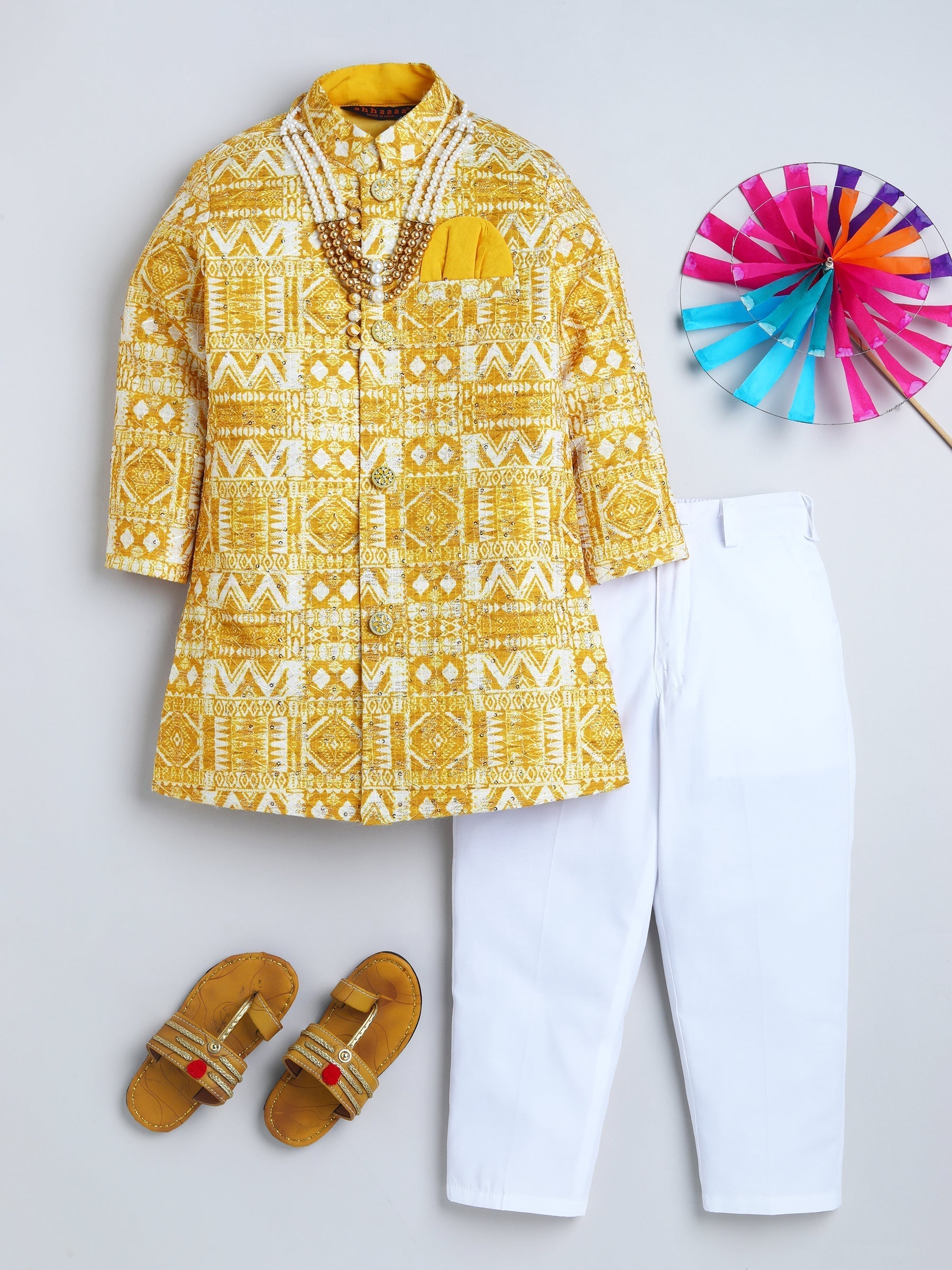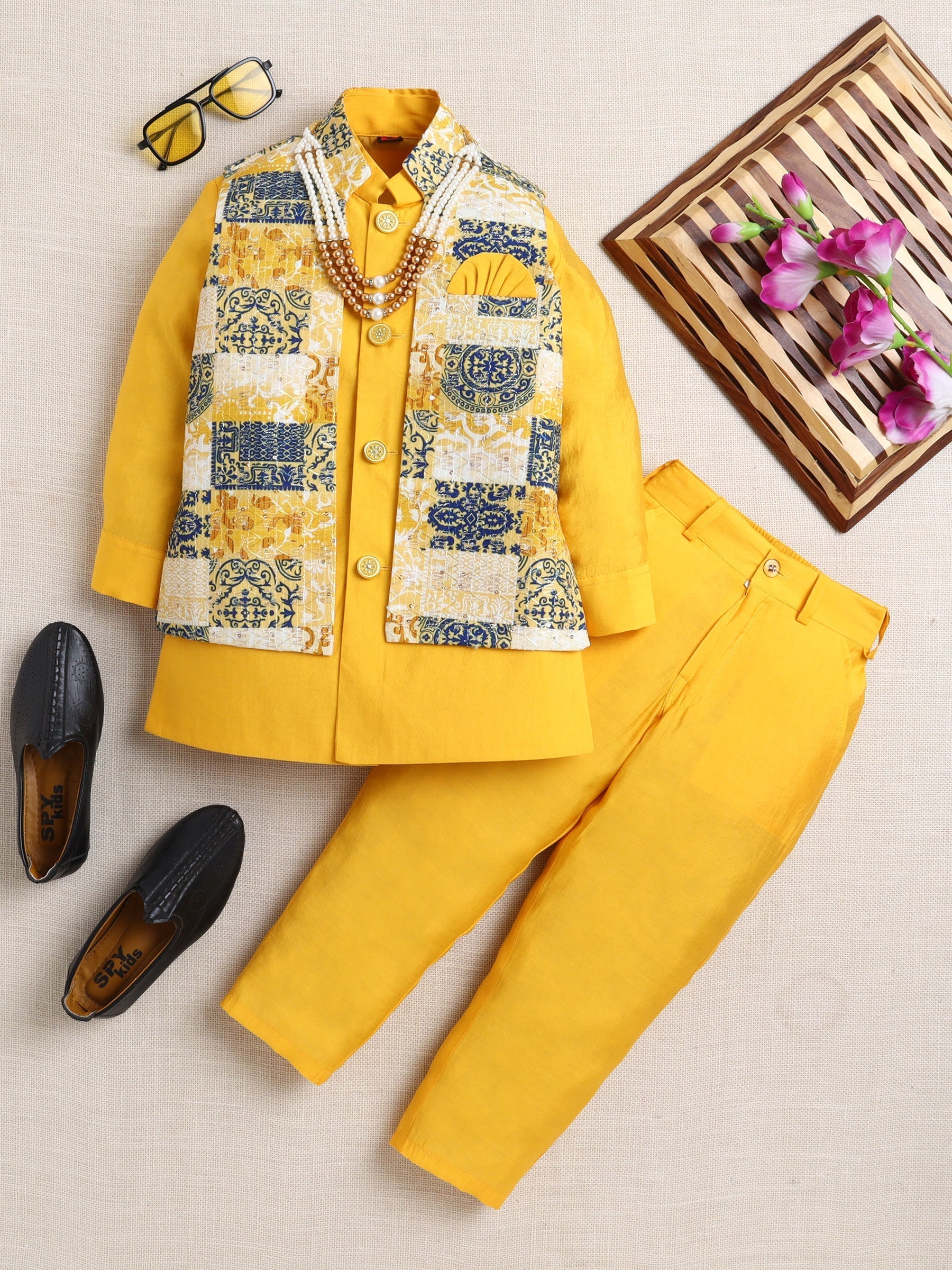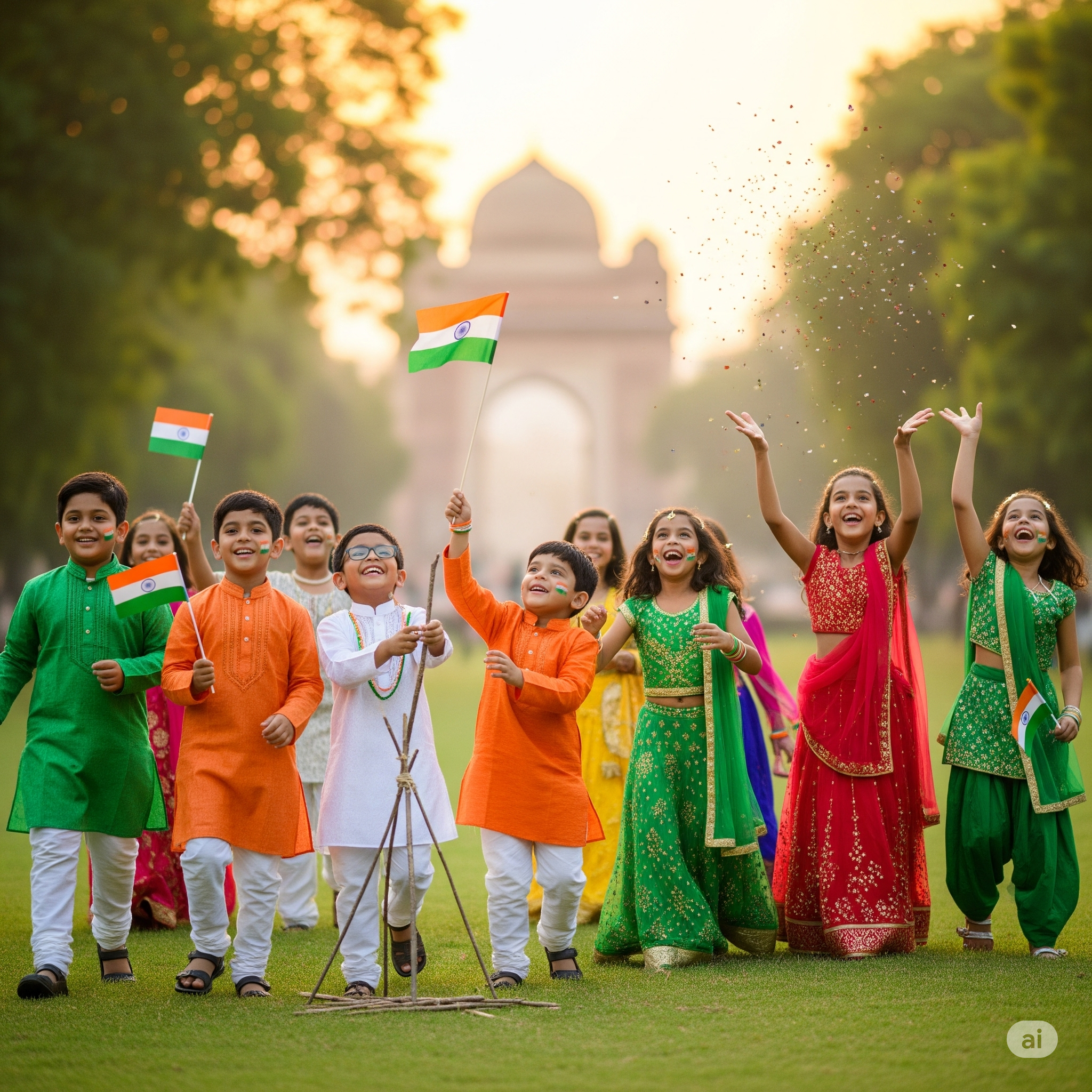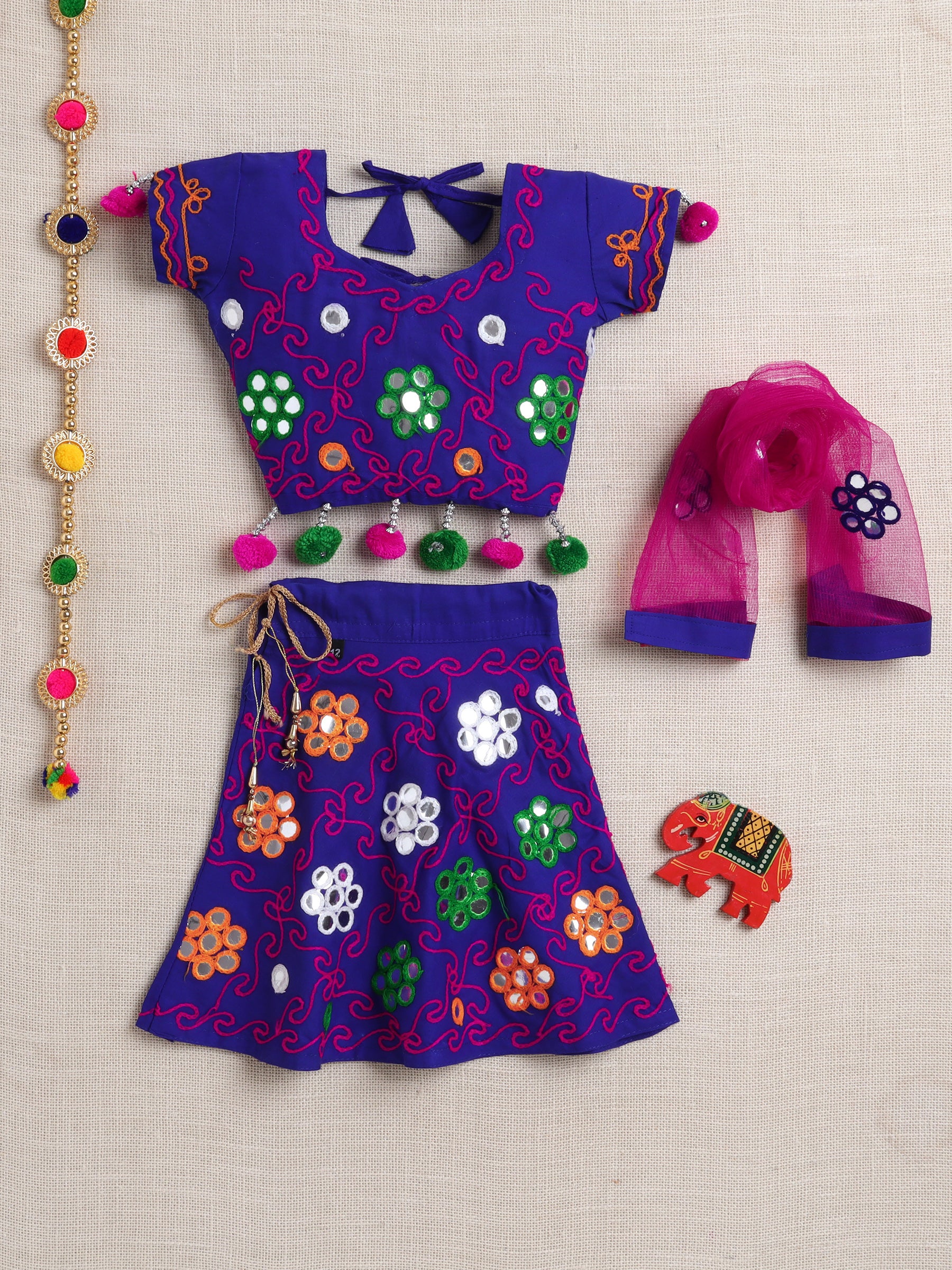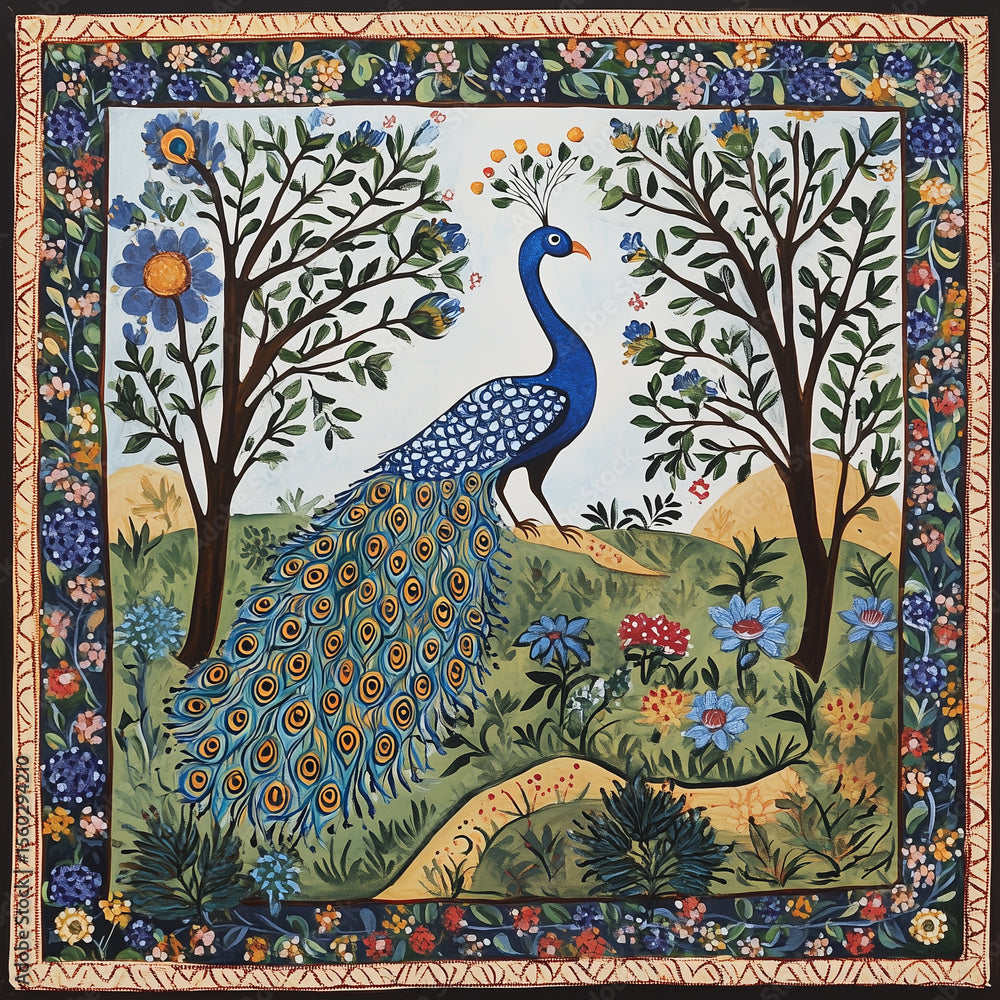The Ultimate 2025 Guide to Sustainable Indian Kids' Ethnic Wear for Global Families
Connecting heritage, comfort & conscious choices for the next generation
Why Sustainability Matters in Children's Ethnic Fashion
As awareness about environmental impact grows, many parents are rethinking their approach to children's clothing. Indian ethnic wear, with its rich heritage of natural fabrics and traditional craftsmanship, offers an excellent foundation for sustainable fashion choices.
| Common Concern | Sustainable Solution | Benefits for Families |
|---|---|---|
| Sensitive skin & allergies | Organic cotton, bamboo blends, natural dyes | Breathable comfort, reduced skin irritation |
| Rapid growth & short wear cycles | Adjustable designs, extendable features | Longer garment life, better value for money |
| Environmental impact | Handloom fabrics, eco-friendly production | Reduced carbon footprint, supporting artisans |
Trending Styles for 2025
The world of children's Indian ethnic wear is evolving, blending traditional aesthetics with modern functionality and sustainable practices.
Fusion-Forward Designs
Contemporary parents appreciate versatile pieces that work for multiple occasions:
- Dhoti-pants with crop tops - Perfect for active toddlers who need freedom of movement
- Kurta rompers - Combining comfort with traditional silhouettes for younger children
- Nehru-jacket coordinates - Smart casual options that transition from school events to family gatherings
Family Coordination
Matching family outfits continue to gain popularity, especially for festivals and special occasions. Coordinated sibling sets and parent-child combinations create beautiful memories while honoring cultural celebrations like Diwali, Eid, and wedding ceremonies.
Artisan Craftsmanship
There's a growing appreciation for handloom textiles and traditional block prints. These choices not only ensure uniqueness but also support skilled artisans and preserve cultural crafts for future generations.
Choosing the Right Sustainable Fabrics
The foundation of sustainable ethnic wear lies in fabric selection. Understanding different materials helps parents make informed choices that benefit both their children and the environment.
| Fabric Type | Ideal Occasions | Climate Suitability | Key Benefits |
|---|---|---|---|
| Organic Cotton | Daily wear, summer festivals | Hot & humid weather | Hypoallergenic, easy to wash, durable |
| Pure Silk | Weddings, formal events | Moderate temperatures | Elegant drape, natural sheen, breathable |
| Linen Blends | Outdoor celebrations | Warm, tropical climates | Moisture-wicking, long-lasting, comfortable |
| Handspun Khadi | Cultural events, daily wear | All seasons | Supports artisans, unique texture, eco-friendly |
Comfort and Fit Guidelines
Children's comfort should always be the priority when selecting ethnic wear. Here are practical tips for ensuring both style and comfort:
Essential Comfort Features
- Soft linings: Look for cotton linings under embellished areas to prevent scratching or irritation
- Adjustable elements: Choose garments with drawstring waists, adjustable straps, or expandable designs
- Easy dressing: Opt for snap buttons, elastic closures, or wrap-style designs over complicated fastenings
- Room for growth: Select one size larger with adjustable features to accommodate growing children
Caring for Sustainable Ethnic Wear
Proper care extends the life of garments and maintains their beauty, making your sustainable choices even more environmentally friendly:
- Gentle washing: Use cold water and mild, plant-based detergents to preserve colors and fabrics
- Air drying: Skip the dryer and hang clothes inside-out to protect dyes and prevent fading
- Proper storage: Store in breathable cotton bags with natural moth deterrents like neem or cedar
- Regular maintenance: Address small repairs quickly to prevent larger damage
Supporting Ethical Fashion Choices
When choosing sustainable Indian ethnic wear, parents can make decisions that support both environmental conservation and fair trade practices:
What to Look For
- Transparent supply chains: Brands that share information about their production processes and material sourcing
- Artisan partnerships: Companies working directly with traditional craftspeople and textile communities
- Certifications: Look for GOTS (Global Organic Textile Standard) and fair trade certifications
- Local production: Support brands that manufacture close to their material sources to reduce transportation impact
Building a Sustainable Ethnic Wardrobe
Creating a thoughtful collection of ethnic wear for children doesn't require extensive shopping. Focus on versatile, well-made pieces that can serve multiple purposes:
Essential Pieces for Every Wardrobe
- Everyday kurtas: 2-3 comfortable cotton kurtas for regular wear and casual celebrations
- Festive outfit: One special occasion set in silk or embellished fabric
- Mix-and-match separates: Coordinating pieces that can be combined in different ways
- Seasonal additions: Weather-appropriate pieces like velvet for winter or light cottons for summer
The Future of Sustainable Children's Fashion
As we look toward the future, sustainable fashion in children's ethnic wear represents more than a trend—it's a commitment to preserving both cultural heritage and environmental health for future generations.
By choosing thoughtfully made garments that honor traditional craftsmanship while embracing eco-friendly practices, families worldwide can dress their children beautifully while supporting a more sustainable fashion industry.
Making Every Choice Count
- Prioritize organic and handloom fabrics for health and environmental benefits
- Choose versatile designs that transition easily between different occasions
- Invest in adjustable, well-made pieces that grow with your child
- Support brands committed to ethical production and traditional craftsmanship
Through these mindful choices, families can ensure their children look beautiful while learning to value both their cultural roots and environmental responsibility.



